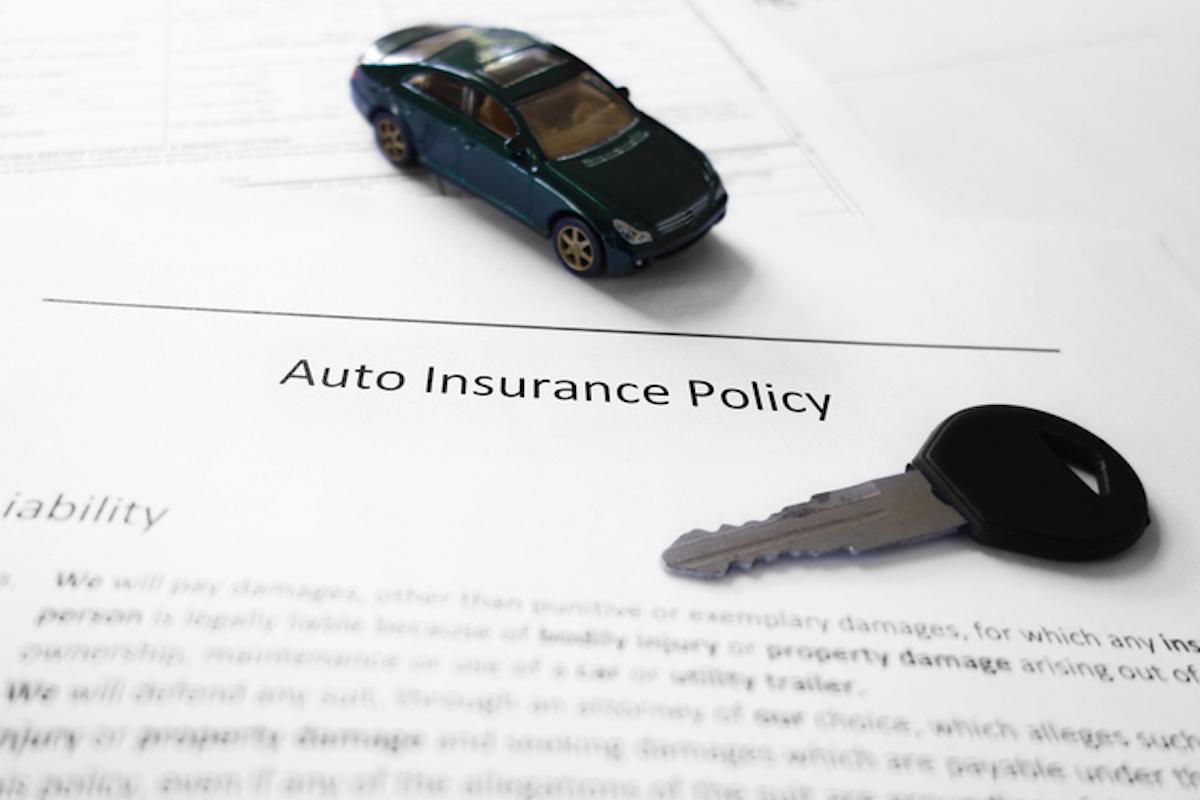 Having a car requires insurance, but how many automobile owners fully understand their policies? To help you make sense of yours, here are the basics of car insurance.
Having a car requires insurance, but how many automobile owners fully understand their policies? To help you make sense of yours, here are the basics of car insurance.
What is car insurance?
Car insurance is a policy between the vehicle owner and the company insuring them. The insured party agrees to paying a premium and deductibles in exchange for the company covering losses based on the language of the policy. The damages covered will vary based on the type and level of policy chosen. All states require that vehicle owners have liability coverage at the least.
Comprehensive policies offer better protection
Basic policies ensure that you are not in violation of the law. However, more comprehensive policies provide important protections that justify their cost. For example, liability coverage may only cover parties in the other vehicle in the event of an accident. The costs of repairing your own vehicle, your medical treatment and that of your passengers are left to you. Liability coverage also excludes theft of your vehicle or items inside of it.
Understanding different types of coverage
To get a better idea of the coverage you want or need, here are the five types of coverage most car insurance companies offer:
- Property damage liability: Damage to the property of others is covered. While this is primarily meant to cover damage to other vehicles, it can cover any property damage caused by your vehicle in the event of an accident.
- Bodily injury liability: Reimburses those injured in an accident for expenses related to their injury outside of standard medical care. For example, it could be used to pay back lost wages or cover you in a civil suit.
- Personal injury protection: For standard medical care needed as a result of an accident. In some cases, it may also cover lost wages, funeral costs and other items.
- Collision: Covers damage to your car resulting from a collision. Some companies define a collision very broadly, allowing it to cover everything from other vehicles to potholes. Unlike property damage liability, it covers damage to your vehicle, not just that of the other party.
- Uninsured motorist coverage: If the at-fault motorist in an accident is not insured, you probably won’t receive money from them. This coverage will protect you from being stuck with the bill.
A comprehensive policy will offer all five types of coverage. It is up to the vehicle owner to decide which types of coverage they want.
To learn more about how you can customize your auto insurance policy, speak with an insurance broker.

Leave a Reply